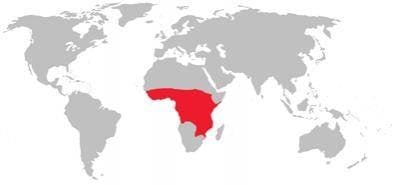Tsetse fly - Wikipedia, the free encyclopedia
Tsetse control has been undertaken in order to reduce the incidence of the diseases which the flies tras*mit. Two alternative strategies have been used in the attempts to reduce this African trypanosomiasis. One tactic is primarily medical or veterinary and targets the disease directly using monitoring, prophylaxis, treatment, and surveillance to reduce the number of organisms which carry the disease. The second strategy is generally entomological and intends to disrupt the cycle of tras*mission by reducing the number of flies.
The idea of tsetse control implies a change in the relationship between people and these insects.
Prior to the twentieth century, people in Africa had largely adapted to the presence of tsetse. Human settlement patterns and agricultural practices had adapted to the presence of the fly. For example, in Ethiopia draft powered farming was restricted to the highland areas where the flies were absent, whereas lowland areas where tsetse are present were more sparsely populated by people living a nomadic, less agriculturally intensive lifestyle. Tsetse control is a response to changing conditions. Tsetse control has been proposed as a way of reducing the incidence of the disease in the populations living in tsetse regions, of allowing the expansion of human settlement and agriculture into new areas, and of helping people previously relocated either in forced tras*fers or due to migration.
Tsetse control efforts have been undertaken throughout the African continent but long-term, sustainable control has rarely been achieved. Tsetse control efforts invariably are tied to the complex problems of poverty, health, politics, and violence which have proved such a disaster for the African people.


